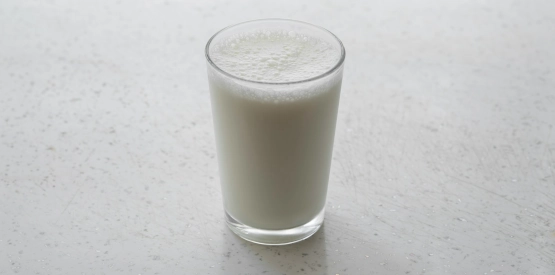
In the realm of nutrition, the spotlight often shines on proteins for their pivotal role in supporting human health and well-being. Among the array of protein sources, milk proteins have long held a significant place, cherished for their rich nutritional profile and diverse applications. However, with advancements in food science and evolving dietary preferences, innovative plant-derived proteins have begun to challenge the traditional dominance of milk proteins. As we navigate this landscape of protein sources, it’s essential to understand the nuances between milk proteins and their plant-derived counterparts, while also exploring cutting-edge technologies that pave the way for their sustainable production.
Milk proteins, a time-honored nutritional powerhouse
Milk proteins, comprising primarily casein and whey, have been revered for centuries for their nutritional completeness and bioavailability. Casein, known for its slow-digesting properties, provides a sustained release of amino acids, making it ideal for muscle satiety amongst others. On the other hand, whey protein, quickly absorbed by the body, boasts an impressive amino acid profile, including essential branched-chain amino acids crucial for muscle synthesis and recovery. Moreover, milk proteins are a rich source of proteins like lactoferrin and immunoglobulins, known for their pathogen suppressing properties, further enhancing their nutritional value.These bioactive proteins are very heat sensitive, so that most industrial heat treatments lead to their inactivation.
The rise of plant-derived proteins
In recent years, sustainability concerns have led to a surge in plant-based diets and have thereby put plant-derived proteins into the spotlight. Innovations in food technology have enabled the extraction and isolation of proteins from sources like peas, soy, and rice, offering a viable alternative to their animal-derived counterparts. While plant proteins can be nutritionally rich, they often lack certain essential amino acids in optimal proportions, requiring careful dietary planning to ensure completeness. Additionally, challenges such as flavor profiles and digestibility may affect their widespread acceptance and utilization.
Bridging tradition with innovation
Amidst this dynamic landscape, emerging technologies hold the key to unlocking the full potential of milk proteins while addressing sustainability and functionality concerns. nanoPEF (nano pulsed electric field) technology represents a groundbreaking innovation in dairy processing. By utilizing gentle electric pulses at the nanosecond level, nanoPEF enables the preservation of high-quality dairy ingredients at lower processing temperatures. This breakthrough not only ensures minimal denaturation of proteins but also preserves proteins like lactoferrin, which are inherently sensitive to heat and processing.
Preserving immune-proteins
One of the critical distinctions between milk proteins and plant-derived alternatives lies in their ability to deliver essential immune-modulating compounds. Immune-proteins like lactoferrin play a crucial role in supporting immune function and overall health. While plant-based proteins offer nutritional benefits, they cannot fully substitute the unique immunological properties inherent in milk proteins. Therefore, preserving these immune-proteins through innovative processing techniques like nanoPEF becomes paramount in ensuring holistic nutritional outcomes.
How science contributes to a better understanding
Kasper Hettinga, Professor of Dairy Processing and Functionality, about the usage of nanoPEF for milk protein processing: “In collaboration with PEF technologies, we are studying the impact of nanoPEF on milk protein functionality, where we aim to show the benefits of this technology for the consumer. I believe that this is the way forward to bring innovations to the market with proven benefits.”
Navigating the path forward
As we navigate the ever-evolving landscape of protein sources, the future of milk proteins for human health remains bright. While innovative plant-derived proteins offer compelling alternatives, milk proteins continue to stand out for their nutritional completeness and unique bioactive compounds. With advancements like nanoPEF, we can harness the best of both worlds—preserving the rich nutritional profile of milk proteins while addressing sustainability and functionality concerns. Ultimately, by embracing innovation while honoring tradition, we can pave the way for a healthier and more sustainable future for generations to come.
Are you interested to know more about research on the fermentation process and how our nanoPEF L-50 can enable this? Feel free to contact us by filling out the below form.

